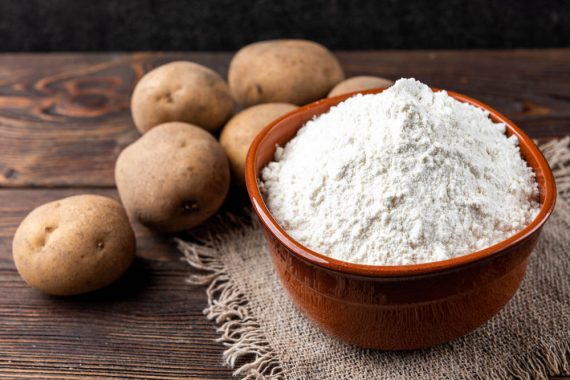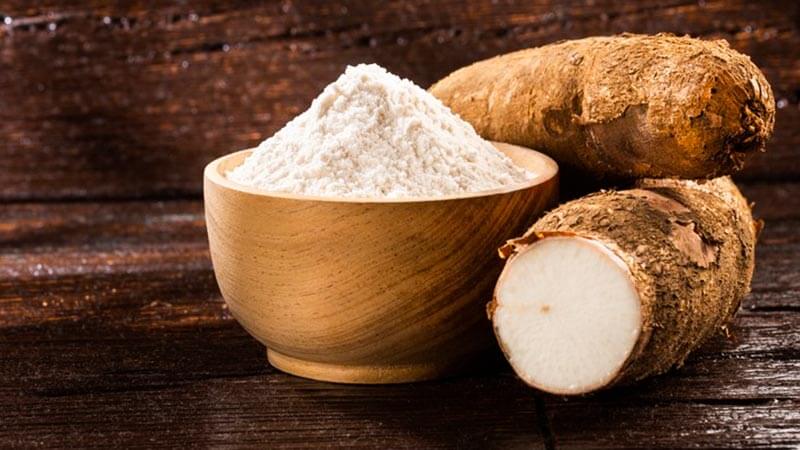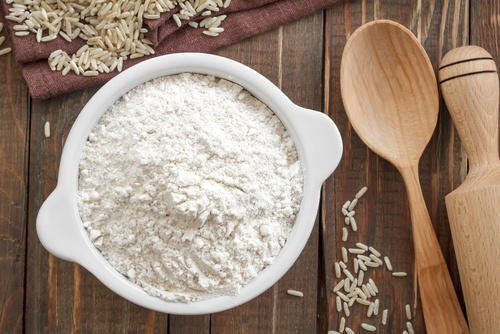
PROTEINS
Whey protein is a kind of protein powder-based food ingredient. Confectionery, cereal and nutrition bars, processed cheeses, baked foods, sports beverages, and muscle growth formulations all contain them.
PROTEINS
Whey Protein Concentrate (Regular or Instant)
Whey protein concentrate has a protein content ranging from 35% to 80%. Whey proteins are the highest quality proteins in the market, with a high protein efficiency ratio and consisting of nearly all of the essential amino acids. Dairy goods, dry blends, wet blends, prepared dry mixes, infant food, soft drinks/special dietary meals, confections, processed meat, beverages, frozen desserts, bakery items, spread formulations, and processed cheese are just a few of the applications for whey-based ingredients.
Whey Protein Isolate (Regular or Instant)
Whey protein isolate has a protein content ranging up to 90%. Whey protein isolate is a liquid by-product of cheese or yoghurt production that is subsequently processed into whey protein powder. It is commonly used in this form as an addition in sauces, dressings, baked goods, and, most critically, as a supplement by persons who want to enhance their protein intake. Whey protein isolate is just a highly purified form of whey protein. The Cross-Flow Micro-Filtration technique removes any extra carbs, cholesterol, fat, or lactose from the whey protein. What we are left with is a powder with a substantially higher protein concentration.
MILK PROTEIN
Milk proteins function because of their molecular structures and interactions with other dietary components. The type and strength of interactions between added milk proteins and other food components impact the textural, rheological, and sensory aspects of food products with added milk proteins. Milk proteins are widely used in many food formulations due to their high nutritional quality and diverse functional features, e.g., dairy desserts, nutritional beverages, ice cream, yoghurt, spreads, meat products, confectionary, and baked goods. Emulsification, thickening, gelling, and foaming are all functions of milk proteins.
WHEAT PROTEIN
Native potato starch is a low-cost alternative with basic thickening and texturing capabilities. Noodles, soups and sauces, canned vegetables, meat and bread items, snacks and confections, dry mixes, and a variety of extruded food products can all benefit from its strong water-binding capability. Due to its low protein and fat/lipid content, it provides excellent viscosity and enhances the flavour, aroma, and colour of the dish in which it is used, making it a versatile component with good organoleptic properties.
NATIVE TAPIOCA STARCH
Tapioca is a starch obtained from the cassava plant's storage roots. Millions of people rely on tapioca as a staple food because it is high in carbohydrates and lacking in protein, vitamins, and minerals. It is a thickening agent in many produced foods in other nations.
NATIVE RICE STARCH
Native rice starch consists of natural polymeric carbohydrate, which is the major component of rice. It is a very white insoluble powder with a neutral odour and taste that aids in the maintenance of the true taste and colour in clean-label food products.




